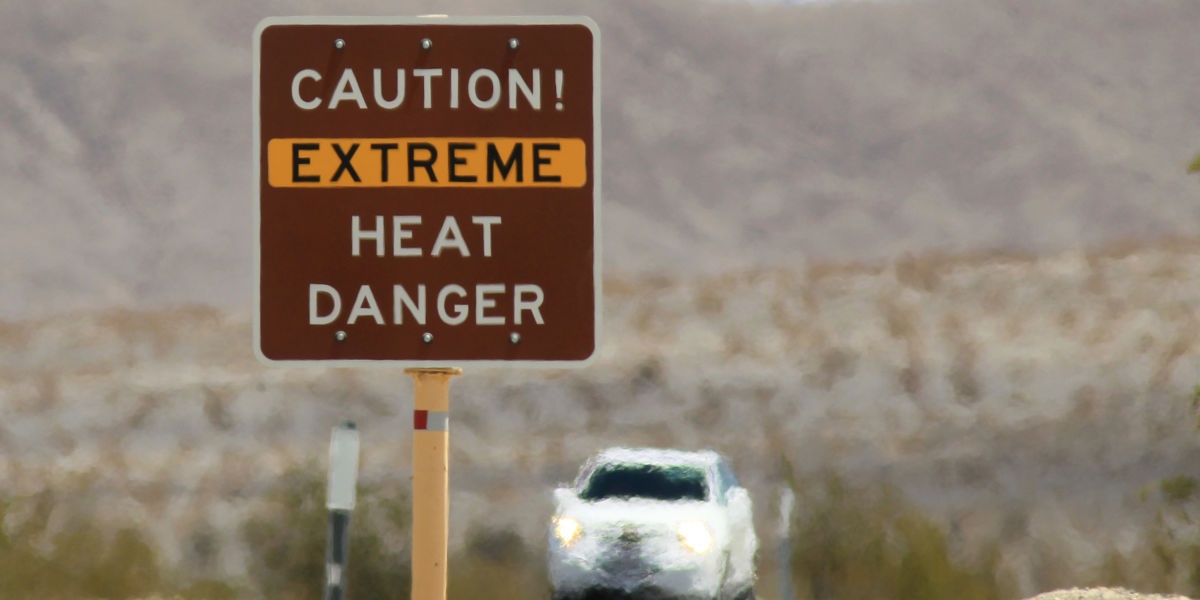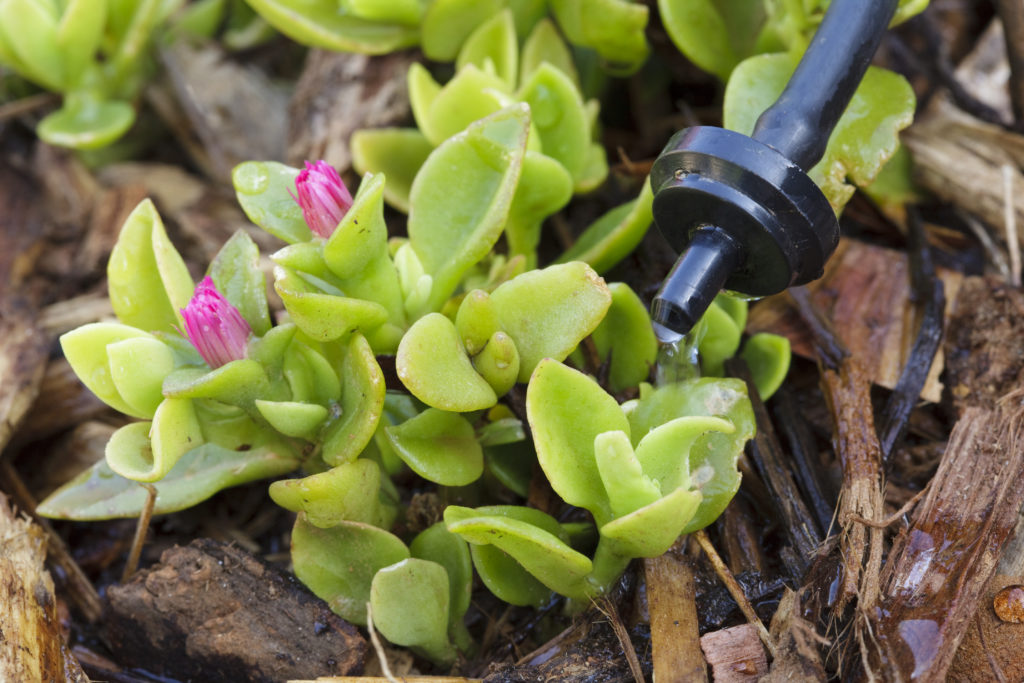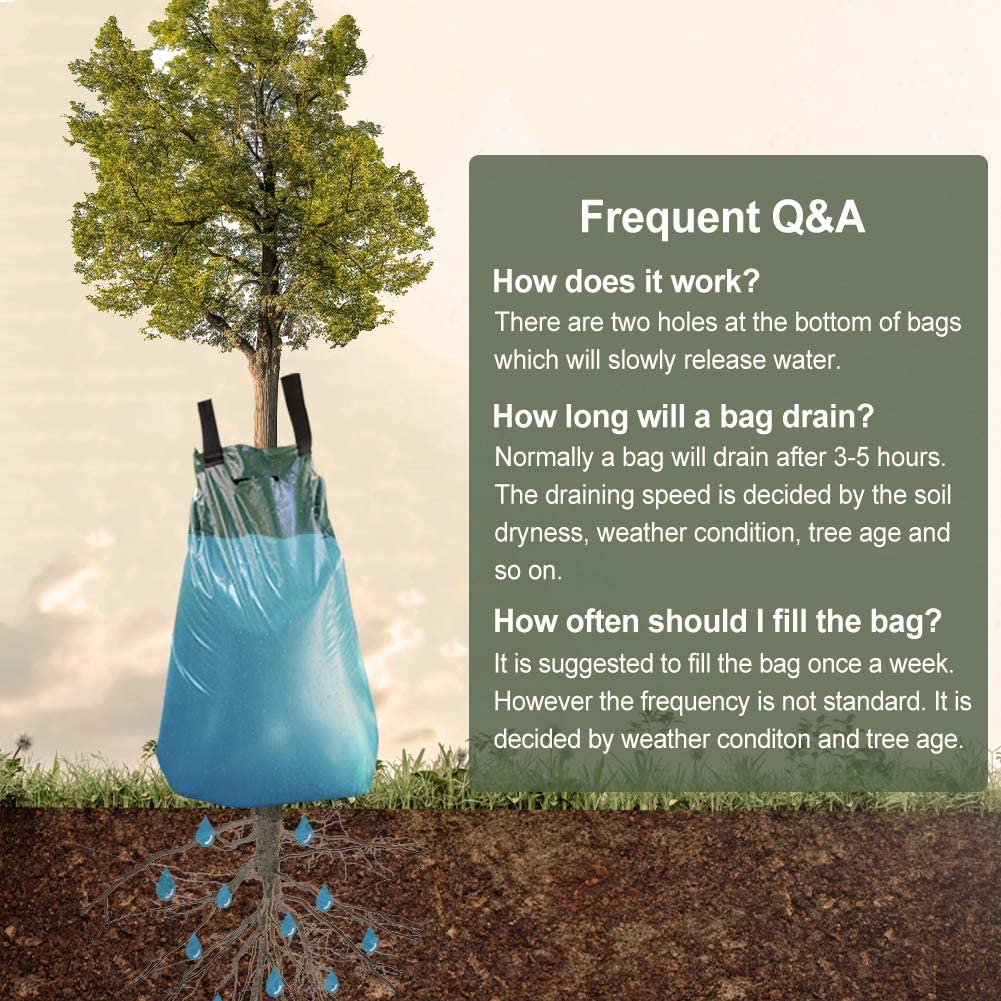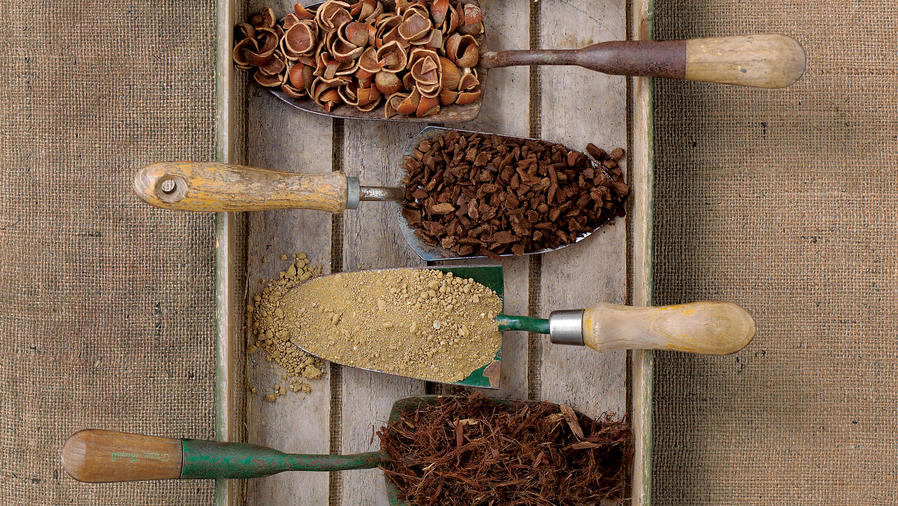
Don’t Let the Heat Dome Kill Your Garden! Five Ways to Save Your Plants’ Lives
How to take care of plants during the heat dome heat wave.

David McNew/Getty Images
It’s only natural that when extreme heat bears down upon us, we think of ourselves, our community, our pets, and our plants. After all, there is a record-breaking, deadly heat dome that has trapped hot air over the Pacific Northwest like a lid on a pot. According to the National Weather Service, this heat wave could smash eighty daily all-time high temperatures, and it could reach 100 degrees in Seattle, 107 in Portland (where the all-time-record is 107), and Spokane could hit a whopping 110 degrees. All in the middle of a drought, no less.
The gardens that offer us solace and joy, the trees that shade our streets—how will they fare in such extreme heat? Will our hard-won garden victories get burned to a crisp? Will our fruit whither away? Rather than panic—and by panic, we mean wastefully flooding your garden with too much water, or giving up and deciding your plants are one leaf away from the compost bin—we’re here to tell you exactly what you need to do to keep your garden in good shape.
Water Right. Not in the Middle of the Day. Not at Night.
The number one thing to do during a heat wave, and overall, is to set aside time to water your garden correctly. Water early and deeply in the morning, as this will give your plants enough time to absorb the water that they’ll need during the day. It may seem like a good idea to water at night, but this can lead to powdery mildew.
To determine how much water your plants need, check the soil by feeling it with your fingers one inch under the surface for smaller pots, and two inches deep for beds and large containers. If the soil is dry, your plants need H20. And while it may be tempting to grab the hose and spray your plants during the hottest part of the day, this wastes water due to evaporation, which means your garden won’t get the nice long drink it needs.

PictureLake/Getty Images
Wait, Plants “Sweat”?
They do, in that they release evaporated water via their leaves to cool themselves down. The water they use needs to be replaced, but directing it six inches away from a plants’ root ball is like pouring your water bottle out over your shoulder and expecting it to quench your thirst. Soaker hoses and drip irrigation do an excellent job replacing lost water with the least amount of waste, but they need to be placed properly to work. “You want to make sure the water is closer to the root area because it goes straight down,” says Aimée Damman, the director of marketing and communications at Swanson’s nursery in Seattle, Washington. “If it’s six to twelve inches away from newly planted plants, it’s not getting directly to the roots.” Small pots with soil that is completely dried out can be soaked in a pan of water for 15 to 45 minutes. Hot tip: Water these pots until they go from feeling light to heavy. Ahhh, that’s the stuff!

Dan Gilchrist
Try a Tree Watering Bag
Watering bags slowly irrigate trees without wasting water or causing root rot. They’re often used for new plantings, but during a heat wave, Damma recommends them for established trees, too. In fact, Seattle uses them for street trees that are decades old because even they need extra water in today’s extreme temperatures.

Amazon
Don’t—Seriously Don’t—Plant New Plants
In Arizona, where it’s projected to hit 110 degrees on Monday, Ryan Jerrell, the owner of Dig It Gardens, lives by this maxim: Don’t. Plant. Anything. When. It’s. Crazy. Hot. “[Big garden center chains] say you can put this plant in the ground now, like it’s not a big deal,” says Jerrell. “And it’s like, ‘Well you can, but will it be fine when it’s 115 degrees? I doubt it.'”
To this end, Jerrell currently has a nursery with no outdoor plants to sell until September or early October, when the weather is cooler. Understandably this practice baffles some customers, but he puts principles first. “I put signs on the tables that say, ‘We made a decision not to sell plant material because the heat means it’s simply not an ideal time to plant,'” he says. “In August and July of 2017, we used 80 to 100,000 gallons of water. In the same months of 2017, we used 20,000.” (It’s worth nothing that Dig It does sell indoor plants in high summer.)
Practice Compassion
During extreme heat, Jerrell also advises those of us who employ gardeners to stand in our yard when it’s over 100 degrees and ask ourselves if laborers should be asked to work after noon, as opposed to earlier in the day. “My guys don’t work when it’s 110 degrees,” he says. “And the customer might say, ‘When is my job gonna get done?’ And it’s like, ‘Your job will get done, but we’re not putting people in those extremes.’”
Mulch Away, Baby!
For those in Colarado, where it hit 100 degrees in Denver last week, plants get some benefit from cooler nights, when they can recover from heat stress. “If we have a 95-degree day, our night is 70, 75,” says Douglas Long, who manages the Country Fair Garden Center in Denver. “That’s a 28 to 30 degree difference.”
Three inches of mulch or compost will help beds and pots in general because it helps the soil retain water by keeping evaporation at bay. “Straw works well, as do grass clippings,” Long says. But please avoid peat, because harvesting it is disastrous for the environment. Says Long, “Peat is running out. The UK is anti-peat. We looooove peat. So can we just not love it so much?” To determine if a bag of compost contains peat, check the label.

Long also advises his Colorado customers to skip the shade cloth and save their money. “If you come in wanting shade cloth I will give it to you because it’s what you want. It’s like a new mom going in to buy clothes for a baby,” he says. “The baby doesn’t need it, but if it makes you feel better I’ll sell it to you.”
Where We Go from Here
So what happens when this heat dome passes? Let’s just say bookmark this article and keep planning ahead, because there will be another one. Replace water guzzling plants and trees with natives that can withstand high temperatures. Install drip irrigation, soaker hoses, and timers. Join the non-peat club, and don’t plant vegetables you’re not going to use. “It’s very difficult to attribute one heat wave to climate change,” says Erica Fleishman, the Director of the Oregon Climate Change Research Institute. “[But this is] consistent with what is being observed at weather stations, and what is being forecasted as the climate continues to change. During the summer, there are going to be more hot days and hotter temperatures. This is part of a trend.”
